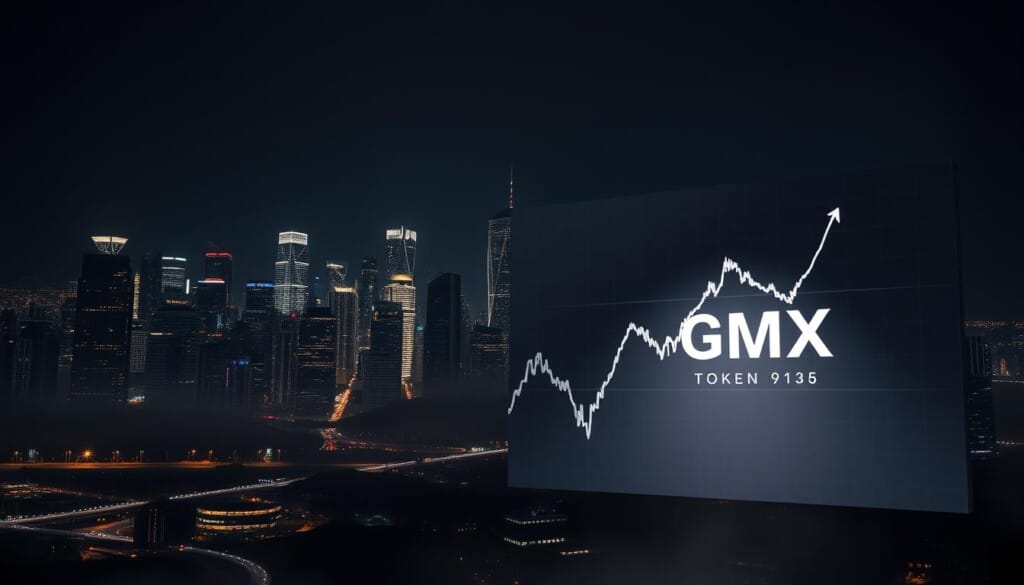$40M GMX Hack Rocks the Decentralized Exchange Landscape
The $40M GMX hack has become one of 2025’s most significant security incidents in decentralized finance (DeFi). On July 9, attackers exploited a vulnerability in GMX’s smart contract infrastructure, siphoning off approximately $42 million. Part of the stolen funds has already been bridged from Arbitrum to Ethereum, raising fresh concerns about tracking and recovery efforts.
Once seen as one of DeFi’s more resilient trading platforms, GMX is now at the center of a storm. Investors are anxiously watching whether the exchange’s security measures — and its reputation — can survive the fallout.
Understanding GMX’s Role in the DeFi Ecosystem
What is GMX?
GMX is a decentralized exchange (DEX) operating across Arbitrum and Avalanche blockchains, offering traders low fees, high leverage, and minimal slippage. Unlike centralized exchanges, GMX relies on a decentralized order book combined with a liquidity pool, allowing users greater control over their assets without intermediaries.
Its native token, GMX, powers governance, staking, and rewards. The platform’s multi-chain approach has helped it attract liquidity and establish itself as a major DeFi player.
The $40M Hack: How It Happened
Timeline of the Breach
- July 9 – Exploit detected as funds drained from GMX’s protocol.
- Within hours – $42M moved, with a portion bridged to Ethereum.
- Following day – GMX team issues public acknowledgment and begins incident investigation.
While full technical details remain undisclosed, preliminary findings indicate a smart contract vulnerability was manipulated, granting the attacker unauthorized access to liquidity pools.
Technical Analysis of the Exploit
Sources familiar with the investigation suggest the vulnerability involved a logic flaw in the protocol’s execution path. This allowed the attacker to bypass certain validation steps, effectively tricking the system into approving fraudulent transactions.
Security experts have compared the exploit’s complexity to previous high-profile DeFi breaches, such as the Euler Finance attack, underscoring the sophisticated nature of the threat.
Market Reaction and Price Impact
Immediate Sell-Off
In the first 24 hours post-breach, GMX’s token price dropped 15%, reflecting both panic selling and speculative shorting. Trading volume spiked from $10M to $25M as investors scrambled to adjust positions.
Comparing to Past Incidents
Historically, DeFi hacks have led to longer-term price suppression. However, GMX’s decline stabilized within a week, suggesting a stronger-than-expected base of investor support and community loyalty.
GMX’s Recovery Plan
Official Response
The GMX team issued a statement confirming:
- A 10% white-hat bounty offered to the attacker.
- Immediate deployment of enhanced wallet security measures.
- Collaboration with external cybersecurity auditors.
Long-Term Security Enhancements
GMX has committed to:
- Quarterly smart contract audits with independent firms.
- Advanced threat detection using real-time monitoring tools.
- Community-driven bug bounty programs with expanded payouts.
Compensation and Investor Sentiment
Affected users are set to receive full reimbursement funded through a combination of insurance reserves and treasury allocations. Additional staking incentives will be offered to those who maintain liquidity on the platform during the recovery period.
While some investors remain skeptical, others see GMX’s transparent handling of the breach as a potential blueprint for crisis management in DeFi.
The Bigger Picture for DeFi Security
The $40M GMX hack adds to a growing list of incidents challenging DeFi’s credibility. With the sector still attracting billions in total value locked (TVL), the pressure to implement advanced, proactive security is intensifying.
For now, GMX’s ability to recover will serve as a case study for the resilience of decentralized protocols under extreme stress.
Conclusion: Can GMX Regain Its Momentum?
The $40M GMX hack has underscored the unforgiving nature of DeFi security lapses. While the short-term market impact has been contained, the real test lies ahead — whether GMX can restore trust, reinforce its infrastructure, and continue to grow in a competitive space.
If successful, GMX could emerge stronger, proving that rapid, transparent response combined with robust security upgrades can turn a crisis into a catalyst for evolution. Failure, however, could cement investor doubts and slow the platform’s trajectory for years.
FAQs on the $40M GMX Hack
1. What is the $40M GMX hack?
The $40M GMX hack refers to a July 9 attack exploiting a smart contract vulnerability, resulting in $42 million in losses from the GMX protocol.
2. How did the attacker execute the $40M GMX hack?
The attacker manipulated a flaw in GMX’s smart contract logic, enabling unauthorized withdrawals from liquidity pools.
3. How did GMX respond to the $40M GMX hack?
GMX offered a white-hat bounty, strengthened wallet security, and engaged external auditors to prevent future incidents.
4. Will GMX compensate victims of the $40M GMX hack?
Yes, the team has committed to full reimbursement of lost funds and incentives for continued platform participation.
5. What does the $40M GMX hack mean for DeFi security?
It highlights the persistent risks in DeFi and the urgent need for proactive, continuous smart contract auditing.

